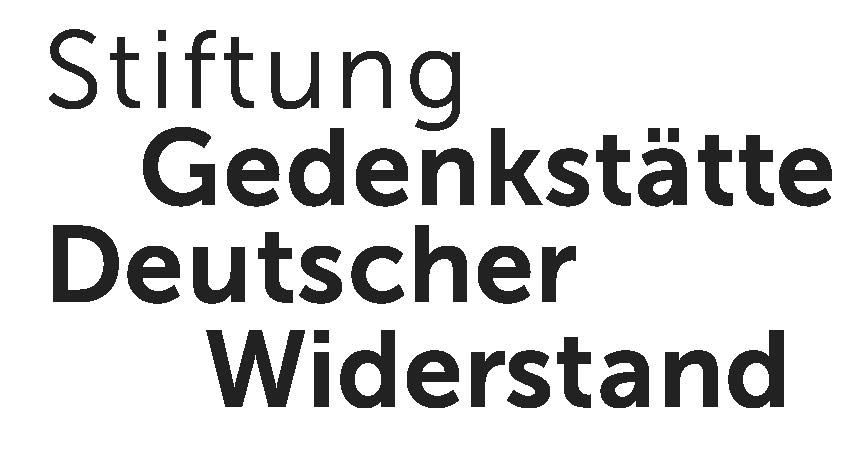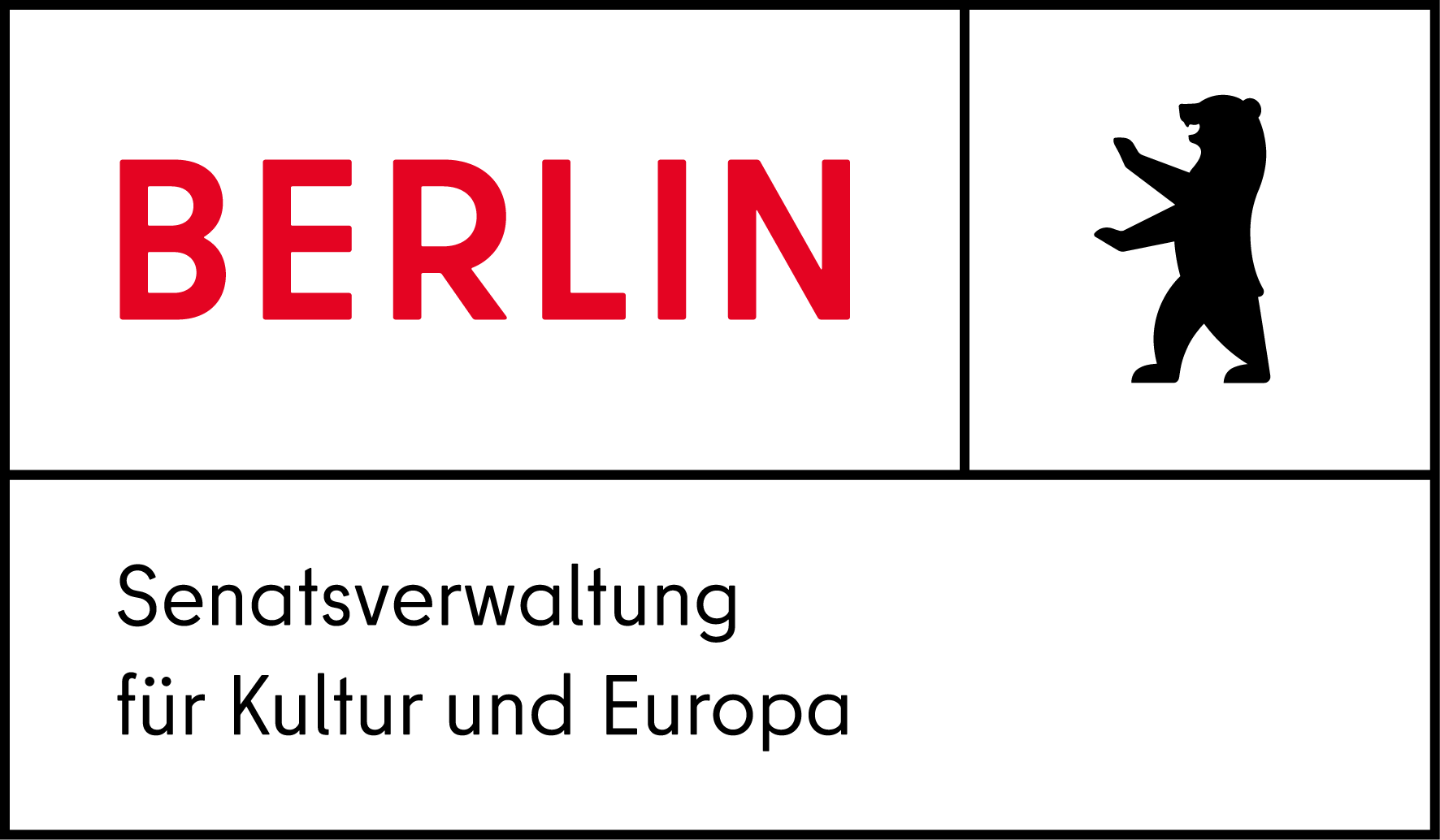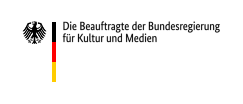
Socialist Unity Party of Germany
 The Socialist Unity Party of Germany (, ; SED, ) was the founding and ruling party of the German Democratic Republic (GDR) from the country's establishment in 1949 until the Peaceful Revolution of 1989. Formed in 1946 through a forced merger of the East German branches of the Communist Party of Germany and the Social Democratic Party of Germany, the SED aimed to consolidate working-class politics under a common platform of Marxism–Leninism. The SED played a central role in the building of East Germany’s socialist institutions, economy and governance, steering the country's development in line with a planned economy and collective social welfare.
The Socialist Unity Party of Germany (, ; SED, ) was the founding and ruling party of the German Democratic Republic (GDR) from the country's establishment in 1949 until the Peaceful Revolution of 1989. Formed in 1946 through a forced merger of the East German branches of the Communist Party of Germany and the Social Democratic Party of Germany, the SED aimed to consolidate working-class politics under a common platform of Marxism–Leninism. The SED played a central role in the building of East Germany’s socialist institutions, economy and governance, steering the country's development in line with a planned economy and collective social welfare. The SED was structured according to democratic centralism, with authority flowing from the Party Congress through the Central Committee to the Politburo. Though the Party Congress formally held supreme authority, the Politburo and the Secretariat carried out decision-making between congresses. The SED's General Secretary wielded absolute power, often serving concurrently in key state roles. Walter Ulbricht, the party's leading figure from the early 1950s until 1971, oversaw the construction of East Germany's socialist economy and institutions, but was eventually deposed for a series of failed economic reforms aimed at raising the GDR's competitiveness, as well as a worsening relationship with the Soviets. His successor, Erich Honecker, presided over a period of increasing economic stagnation until 1989. The SED promoted universal education and healthcare, the collectivisation of agriculture and the nationalisation of industry, while placing emphasis on ideological training, including mandatory instruction in Marxism–Leninism and the Russian language in schools and universities. Near the end of the Cold War, it remained skeptical of perestroika and glasnost under Soviet leader Mikhail Gorbachev, viewing these as destabilising for the socialist project. This position eventually contributed to East Germany's political isolation and the rapid transformation that followed in 1989.
In the wake of the Peaceful Revolution, the SED's reformist elements moved swiftly to reposition the party within a pluralist system. In December 1989, it reconstituted itself as the Party of Democratic Socialism (PDS), formally abandoning Marxism–Leninism and endorsing democratic socialism. The PDS achieved significant electoral support in eastern Germany during the 1990s, securing 16.4% of the vote in the 1990 East German general election. In 2007, it merged with Labour and Social Justice (WASG) to form The Left (''Die Linke''), which remains a parliamentary force in the Bundestag, continuing to represent the legacy of East German socialism within a democratic framework following the 2025 federal election. Provided by Wikipedia
1
2
Book
3
Library:
The Wiener Library for the Study of the Holocaust & Genocide (London)
Book
4
Library:
The Wiener Library for the Study of the Holocaust & Genocide (London)
Microfilm
5
Other Authors:
“...SED...”
Library:
German Resistance Research Council 1933-1945 (Frankfurt/ Main)
Book
6
Published: Berlin
Other Authors:
“...SED...”
Book
7
Published: [s.l.] : [s.n.]
Other Authors:
“...SED...”
Library:
German Resistance Research Council 1933-1945 (Frankfurt/ Main)
Book
8
9
Published: Berlin : Tribüne, 1979
Other Authors:
“...SED...”
Library:
German Resistance Research Council 1933-1945 (Frankfurt/ Main)
Book
10
Other Authors:
“...SED...”
Library:
German Resistance Research Council 1933-1945 (Frankfurt/ Main)
Book
11
Other Authors:
“...SED Hainichen...”
Library:
German Resistance Research Council 1933-1945 (Frankfurt/ Main)
Book
12
Published: Großenhain : VOB Gutenbergdruck
Other Authors:
“...SED-Kreisleitung...”
Book
13
Published: Kamenz : Eigenverl, 1977
Other Authors:
“...SED, Dresden...”
Book
14
Other Authors:
“...SED Kreisleitung...”
Book
15
Published: [s.l.] : [s.n.]
Other Authors:
“...SED Gera...”
Library:
German Resistance Research Council 1933-1945 (Frankfurt/ Main)
Book
16
Published in: Zeitschrift des Forschungsverbundes SED-Staat
50.2022
Other Authors:
“...Forschungsverbund SED-Staat...”
Book
17
Published in: Zeitschrift des Forschungsverbundes SED-Staat
49.2022
Other Authors:
“...Forschungsverbund SED-Staat...”
Book
18
Published: Potsdam : Druckerei "Märkische Volksstimme"
Other Authors:
“...SED / Bezirksleitung Potsdam...”
Book
19
Other Authors:
“...SED / Kreisleitung Riesa...”
Book
20
Published: Karl Marx Stadt : Eigenverl, 1981
Other Authors:
“...Stadtleitung der SED...”
Book

